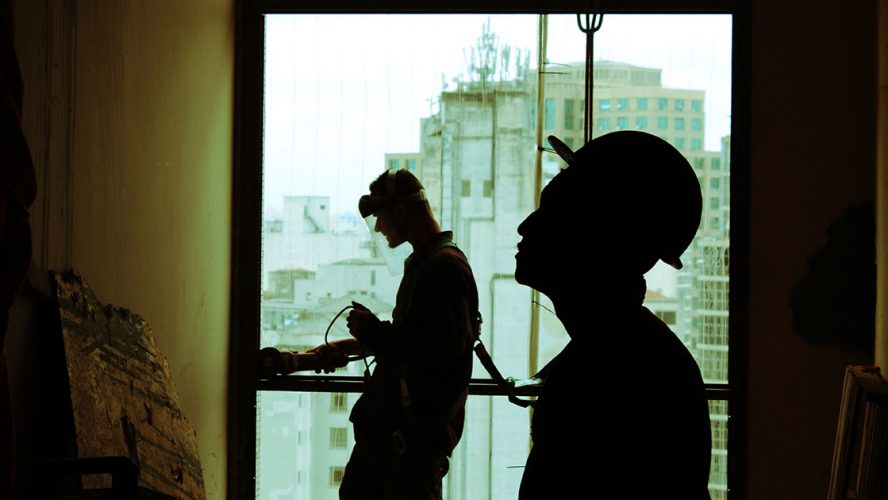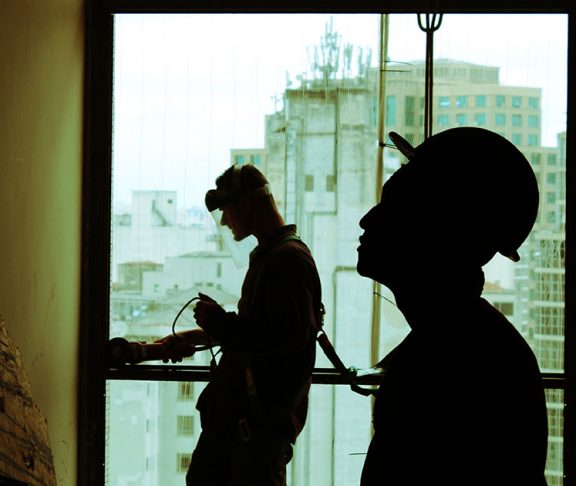According to an article in The New York Times, between 1999 and 2014, there was a 22 percent increase in mortality among white, middle-aged men with less than a college education; suicides, opioid overdoses, and alcohol abuse were listed as the causes of this increased mortality. The subpopulation most likely to die by suicide — white, working-age men — dominates the U.S. construction workforce. A Centers for Disease Control (CDC) report in 2016 showed workers in construction to have the second-highest suicide rate of all occupational groups.
The devastating truth is that all too often, people who experience mental health conditions — which can lead to suicidal despair — suffer in silence. Despite dramatic advances in awareness, prevention, intervention, and treatment, mental health conditions and suicide prevention are still taboo topics of conversation.
Mental health in the workplace
Up to 25 percent of the U.S. population experiences mental illness at any given time, and nearly two-thirds of people with diagnosable mental disorders do not seek treatment. Typically, the delay for mental health care lasts a decade or more, during which time disorders can worsen. Additionally, untreated or undertreated mental health issues are costly to workplaces.
It’s time to address mental health promotion and suicide prevention head on.
Recognize the warning signs:
- Appearing sad or depressed most of the time
- Increased tardiness and absenteeism
- Talking about feeling trapped or wanting to die
- Decreased productivity
- Increased conflict among co-workers
- Extreme mood swings
- Increased use of alcohol or drugs
- Decreased self-confidence
- Feeling hopeless and helpless
- Sleeping too much or too little
- Acting anxious, agitated, or reckless
- Near hits, incidents, and injuries
- Withdrawing from family and friends
- Talking about being a burden to others
- Decreased problem-solving ability
Investing in treatment for mental health and substance use disorders yields positive return on investment compared to the economic impact of absenteeism, presenteeism and loss of productivity resulting from untreated mental health conditions. Needs assessments and ongoing evaluations are critical to the success of mental health promotion and suicide prevention strategies. Practices such as focus groups, in-depth interviews with key stakeholders, surveys and data analysis (e.g., Employee Assistance Program (EAP) usage, absenteeism, etc.) help guide strategic direction and create tremendous buy-in.
Overcoming the stigma
Develop a robust mental health promotion and suicide prevention program that lasts beyond one training session or single awareness campaign. Pioneering leaders have incentivized mental health practices through their wellness programs. Others have elevated suicide prevention into their daily toolbox talks, and even incorporated supervisory training on having difficult conversations about mental health into their new manager orientations and ongoing leadership development training. These and other innovative ways of incorporating changes weaves suicide prevention and mental health promotion into the company health and safety culture and bolster sustainability.
The biggest obstacle that companies typically face is overcoming the stigma associated with mental health and suicide prevention. Especially with the macho, tough guy mentality present in the construction industry, misperceptions, myths and marginalization that result in fear can prevent people from doing the right thing.
To help the construction industry address mental health and suicide prevention, the Construction Financial Management Association (CFMA) has established the Construction Industry Alliance for Suicide Prevention. The mission of the Alliance is to provide and disseminate information and resources for suicide prevention and mental health promotion in construction to help create awareness of the problem, cultivate a culture of caring and start the conversation in the workplace. For more information and resources, visit www.preventconstructionsuicide.com.

